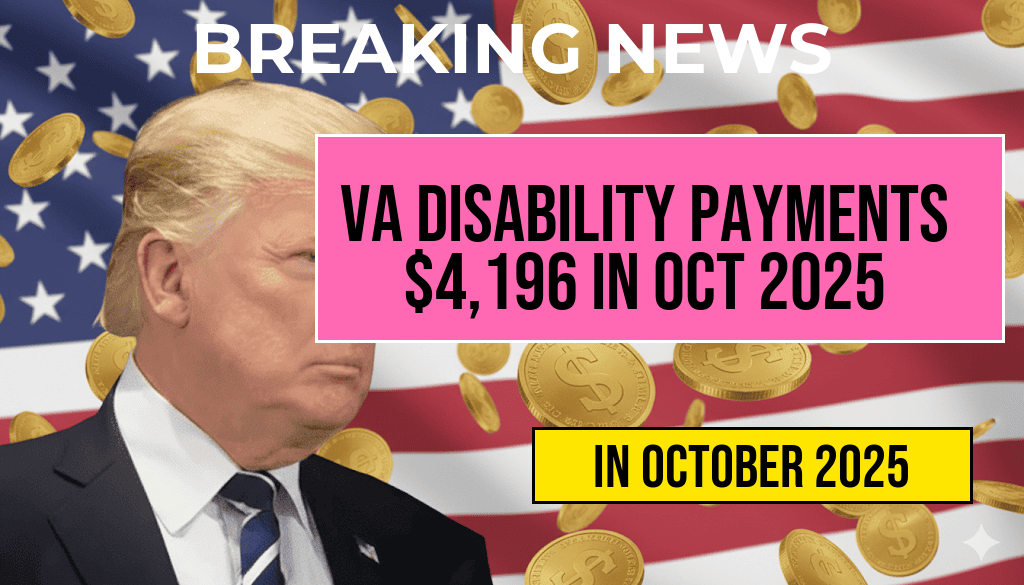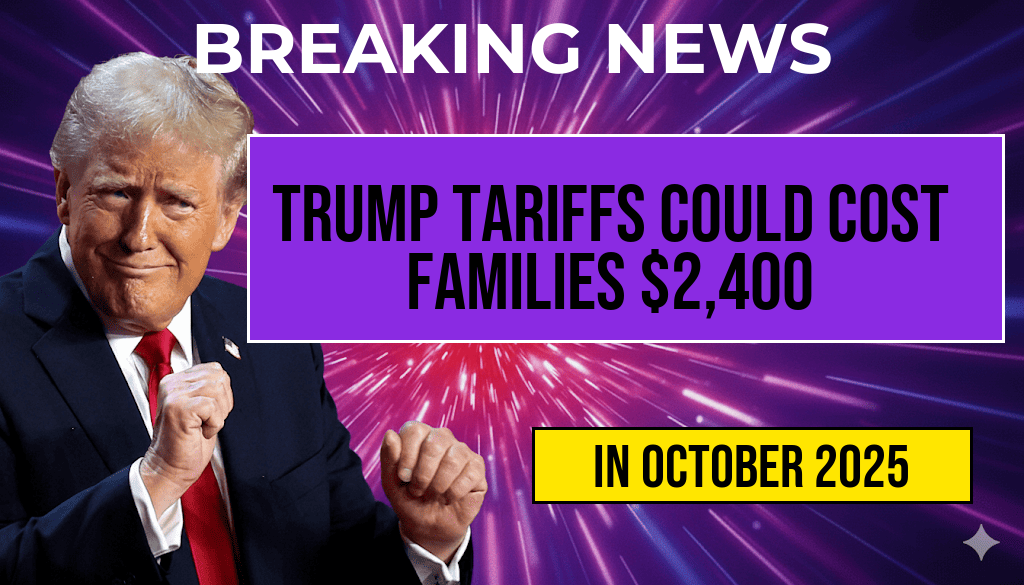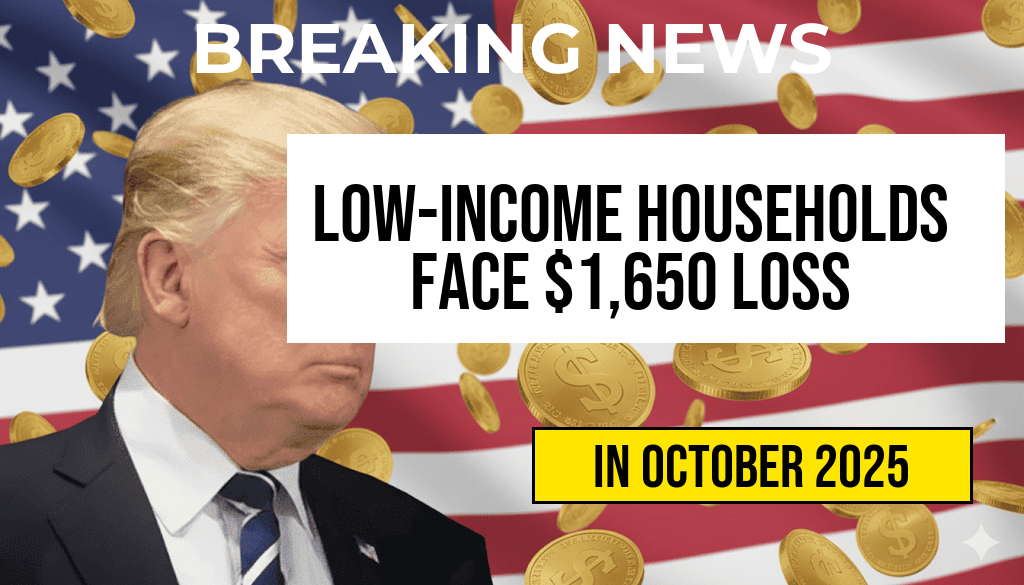Recent analysis suggests that the tariffs implemented during former President Donald Trump’s administration could be adding approximately $2,400 annually to the average American family’s expenses. Dubbed the “Turbulence Tax” by economic analysts, this hidden cost stems from increased prices on imported goods, tariffs on Chinese products, and broader supply chain disruptions. While these tariffs aimed to bolster domestic manufacturing and address trade imbalances, their ripple effects are clearly impacting household budgets. Consumers, especially in middle-income brackets, are feeling the pinch as everyday items—from electronics to clothing—become more expensive. As policymakers debate new trade strategies, understanding the tangible financial burdens tied to these tariffs becomes essential for voters, businesses, and economic observers alike.
The Origins and Scope of Trump-era Tariffs
Initiated in 2018, the Trump administration’s tariffs targeted a range of imported goods, predominantly from China, in an effort to counteract what it described as unfair trade practices. The tariffs, which included levies on steel, aluminum, electronics, and consumer goods, were part of a broader strategy to reshape U.S. trade policies. According to the Wikipedia entry on tariffs in the U.S., these measures aimed to protect American industries but also prompted retaliatory tariffs from China and other trading partners.
While intended to promote domestic manufacturing, the tariffs often resulted in higher costs for businesses that rely on imported materials and components. These increased costs frequently trickled down to consumers, who faced rising prices on a broad array of products. The tariffs also created uncertainty in supply chains, prompting companies to adjust sourcing strategies and inventory levels. This turbulence has persisted, with some experts warning that the long-term economic impacts are still unfolding.
Quantifying the Hidden Costs for American Families
How Tariffs Translate into Personal Expenses
Economists estimate that the cumulative effect of these tariffs adds about $200 to $300 annually per household, but recent calculations suggest that for many families, the figure could be closer to $2,400 annually. This discrepancy arises from the broad range of affected sectors and the multiplier effect of supply chain adjustments. For example, tariffs on steel and aluminum not only increased the cost of construction and manufacturing but also led to higher prices for appliances, vehicles, and even food packaging.
A recent report by the Forbes article highlights how these tariffs have subtly but significantly raised household expenses. The report estimates that the average American family spends approximately $200 per month—or about $2,400 annually—more than they would have without the tariffs, primarily on goods such as electronics, furniture, and clothing.
Impact on Different Income Groups
| Income Group | Additional Cost Due to Tariffs | Percentage of Income |
|---|---|---|
| Low-income families (<$40,000/year) | $1,800 | 4.5% |
| Middle-income families ($40,000–$100,000/year) | $2,400 | 2.4% |
| High-income families (>$100,000/year) | $2,500 | 1.2% |
This data underscores how tariffs disproportionately burden middle- and lower-income households, which spend a higher share of their income on essential goods affected by these taxes. The increased costs can strain budgets, force families to cut back on discretionary spending, or seek alternative, often less convenient, shopping options.
Broader Economic Effects and Policy Debates
Supply Chain Disruptions and Market Uncertainty
The tariffs have contributed to ongoing supply chain challenges, driving up costs for manufacturers and retailers. For instance, industries reliant on imported raw materials, such as automotive and electronics manufacturing, have faced delays and increased expenses. This has led to higher retail prices, longer wait times for consumers, and reduced profit margins for businesses.
Moreover, the uncertainty surrounding trade policies has prompted companies to reconsider investment plans, potentially dampening economic growth. The International Monetary Fund warns that persistent trade tensions and tariffs can undermine economic stability and dampen productivity gains.
Political and Public Response
Public opinion remains divided over the effectiveness of tariffs. Supporters argue that they protect domestic industries and reduce trade deficits, while critics highlight the increased costs borne by consumers. As policymakers revisit trade strategies, some advocate for targeted tariffs and multilateral negotiations to balance domestic interests with global economic stability.
Recent legislative proposals aim to mitigate the impact of tariffs on vulnerable households, including subsidies or tax credits for low- and middle-income families. However, the debate continues over the best approach to foster economic resilience without exacerbating inflationary pressures.
Looking Ahead: Navigating the Economic Turbulence
The “Turbulence Tax” imposed by tariffs underscores how trade policies can have far-reaching consequences beyond diplomatic negotiations. For families, especially those with limited financial flexibility, the added expenses diminish purchasing power and complicate household budgeting. As trade negotiations evolve, understanding the tangible costs associated with tariffs provides a clearer picture of their real-world impact.
Consumers and policymakers alike will need to weigh the short-term benefits of protective tariffs against the long-term costs borne by everyday Americans. Transparent discussions and targeted measures may help alleviate some of this financial strain, but the legacy of these tariffs will continue to influence the economic landscape for years to come.
Frequently Asked Questions
What are the main costs associated with the “Turbulence Tax”?
The “Turbulence Tax” primarily involves increased expenses for families due to Trump tariffs on imported goods, which can add up to $2,400 annually in extra costs for the average household.
How do tariffs impact household expenses?
Tariffs lead to higher prices on imported goods and products, which are often passed down to consumers. This results in increased monthly and yearly expenses for families, effectively acting as a hidden tax.
Which types of products are most affected by these tariffs?
Imported consumer goods such as electronics, clothing, and household items are most impacted, as tariffs raise their prices, making everyday products more expensive for families.
Can families do anything to mitigate the impact of tariffs?
Families can consider buying domestically made products, reducing consumption of affected imports, or planning their shopping and budget to accommodate the increased costs associated with tariffs.
What is the overall economic effect of the “Turbulence Tax”?
The “Turbulence Tax” can lead to decreased purchasing power for families, higher living costs, and potential inflation, which collectively strain household budgets and economic stability.










